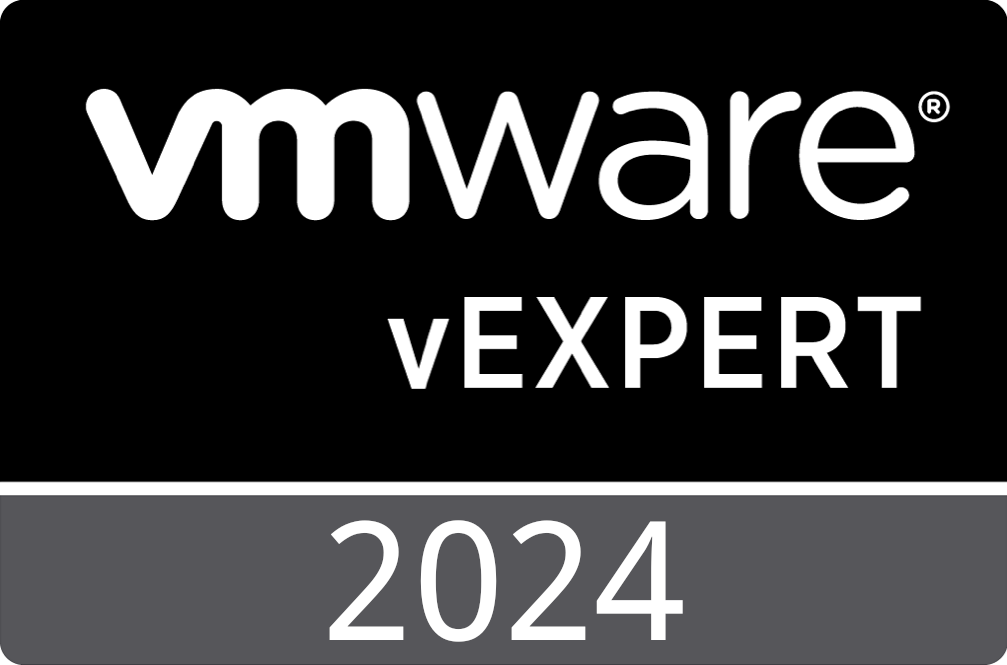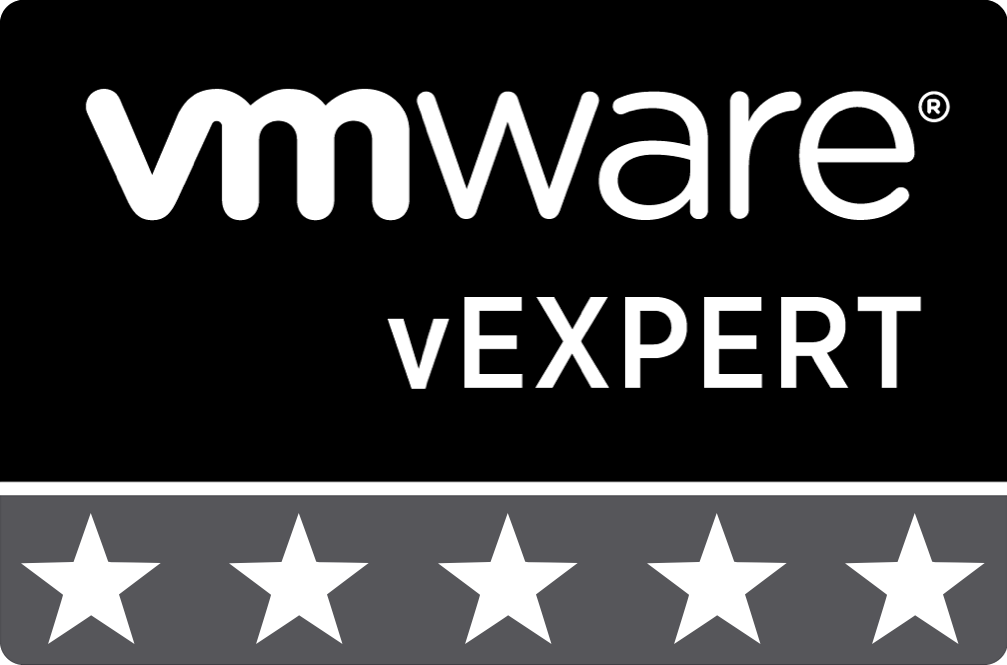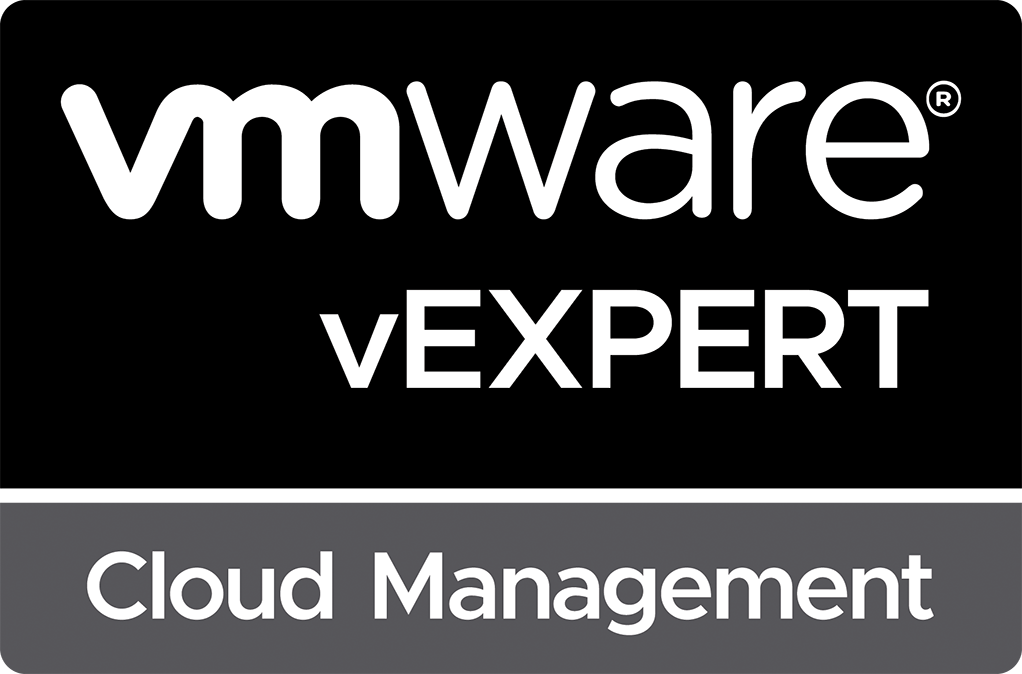VMware vRealize Automation 8.0 Logs
Over the past several years of using vRealize Automation 6.x and 7.x, I have generated numerous dashboards and search queries within Splunk to explore the log data generated by these products. Knowing that vRealize Automation 8.0 is an entirely new product compared to previous versions, I decided that it was time to begin reviewing the log data being generated by the appliance to determine what information could be obtained from the logs. This post will discuss the logging capabilities of vRealize Automation 8.0, as well as the data that can be collected by analyzing the logs.
How to Access the Logs
The ability to forward logs to a centralized log server is essential when attempting to operate a private cloud. Knowing that I need to get the log data from the vRealize Automation 8.0 appliance to my Splunk server, I began reading the vRealize Automation 8.0 documentation titled Working with logs in vRealize Automation. The documentation details two methods of obtaining log data from the virtual appliance. The first method provided is the ability to create on-demand log bundles similar to what we’ve been doing for years when opening technical support tickets with VMware. The second method provided is to forward the logs to a remote VMware Log Insight server.
Generating a Log Bundle
The generation of a log bundle is a simple process withing vRealize Automation 8.0 and is accomplished by utilizing the vracli command. To create a log bundle:
- SSH to the vRealize Automation appliance
- Issue the command vracli log-bundle
(if you are running a clustered deployment, you only need to issue the command from one appliance) - Copy the log bundle from the path where you executed the command
That’s all there is to it. Of course, some additional options and flags can be specified, but for the basic log bundle generation, the above is all you’ll need. If you’re curious about the additional options, you can find further information on the How do I work with logs and log bundles in vRealize Automation documentation page.
Forwarding Logs to a Remote Server
Forwarding the vRealize Automation 8.0 logs to a remote server is the option that most people will want to implement. While previous releases of vRealize Automation provided flexible forwarding options for remote log aggregation services, to my surprise, the vRealize Automation 8.0 appliance only supports the forwarding of logs using the VMware Log Insight (vRLI) API via HTTP/HTTPs POSTs.
To configure forwarding of log data to a vRLI deployment:
- SSH to the vRealize Automation appliance
- Issue the command vracli vrli {vRLI FQDN}
I found in my lab environment that all of my log entries showed up in vRLI with a source hostname of “symphony-logging-daemonset-vf8md” which matched the runtime name of the Kubernetes pod responsible for aggregating and managing vRealize Automation 8.0’s log data. While some log entries do include the vRA appliance FQDN in a field titled “host”, not all of the log entries include this field. Additionally, all log entries show a source IP address of “127.0.0.1”. Because of the lack of a properly-identified source, determining the source of your vRealize Automation 8.0 logs in vRLI will be quite tricky.
What About Syslog?
VMware chose to implement remote logging withing vRealize Automation 8.0 using Fluentd. Having never heard of Fluentd, I decided to do a little reading and ran across the blog post titled Forwarding Kubernetes Logs to vRealize Log Insight via Fluentd. From this post, I learned that Fluentd is a popular choice for forwarding logs from Kubernetes environments. It is a powerful solution with many plugins to support multiple log input and output formats. Unfortunately, it appears that vRealize Automation 8.0’s implementation today only supports vRLI as the output type (no Syslog here). We can confirm the supported Fluentd output methods by checking the Fluentd plugins directory within the container. First, we need to determine the Name or ID of the container that runs Fluentd:
root@vlab-vra \[ ~ \]# docker ps | grep symphony
5edaa3595dff 60d42ba9520d "/usr/bin/fluentd --…" 16 minutes ago Up 16 minutes k8s\_symphony-logging-agent\_symphony-logging-daemonset-v2c5t\_prelude\_b4d585ad-3c01-11ea-ab84-0050569671c4\_9
2ffbb2970db5 vmware/pause:3.1 "/pause" 6 hours ago Up 6 hours k8s\_POD\_symphony-logging-daemonset-v2c5t\_prelude\_b4d585ad-3c01-11ea-ab84-0050569671c4\_3
Now that we have the ID of the Docker container executing Fluentd, we need to determine the --plugin option specified when the Fluentd service starts:
root@vlab-vra \[ ~ \]# docker exec -it 5edaa3595dff top
Tasks: 5 total, 1 running, 4 sleeping, 0 stopped, 0 zombie
Mem: 32945940K total, 25483480K used, 7462460K free, 461496K buffers
Swap: 0 total, 0 used, 0 free, 7285928K cached
800%cpu 39%user 0%nice 25%sys 735%idle 0%iow 0%irq 1%sirq 0%host
PID USER PR NI VIRT RES SHR S\[%CPU\] %MEM TIME+ ARGS
14 root 20 0 676M 147M 29M S 0.3 0.4 0:06.40 ruby -Eascii-8bit:ascii-8bit /usr/bin/fluentd --config /fluentd/etc/fluent.conf --plugin /fluentd/plugins --under-superv+
1667 root 20 0 12M 5.8M 3.3M R 0.0 0.0 0:00.00 top
1636 root 20 0 12M 5.8M 3.3M S 0.0 0.0 0:00.00 top
1623 root 20 0 12M 3.8M 3.3M S 0.0 0.0 0:00.00 top
1 root 20 0 90M 71M 10M S 0.0 0.2 0:00.70 ruby /usr/bin/fluentd --config /fluentd/etc/fluent.conf --plugin /fluentd/plugins
Finally, now that we know the path of where the Fluentd plugins are stored, we execute a directory lookup to see the available plugins:
root@vlab-vra \[ ~ \]# docker exec -it 5edaa3595dff ls /fluentd/plugins
http\_client.rb out\_loginsight\_http.rb out\_vmware\_log\_intelligence.rb
As you see from the directory listing, only three plugins are available in the appliance: HTTP, Log Insight, and vRealize Log Insight Cloud (formerly VMware Log Intelligence). The lack of Syslog support squashes any plans I have for implementing remote logging of vRealize Automation 8.0 to my Splunk deployment (at least not without a lot of effort to parse the HTTP POST data within Splunk). The only method I see available to me at the moment is to send the logs to vRLI first, and then have vRLI forward the data to my Splunk deployment.
Access Logs from the CLI
Often when troubleshooting an issue, it can be quite useful to view the logs on the console as a process is loading, or you are attempting an action in the web UI that fails. You can still accomplish this by interacting with Kubernetes. Each of the pods that make up the “prelude” namespace on the appliance can be queried for its logs. First, however, you need to know the name of the pod. The appliance contains the following pods:
abx-service-app, assessment-service-app, automation-ui-app, blueprints-ui-app, catalog-service-app, cgs-service, cgs-ui-app, cmx-service-app, codestream-app, consumer-ui-app, docker-registry, docker-registry-proxy, ebs-app, extensibility-ui-app, form-service-app, identity-service-app, identity-ui-app, migration-service-app, migration-ui-app, nginx-httpd-app, no-license-app, orchestration-ui-app, pgpool, pipeline-ui-app, postgres, project-service-app, provisioning-service-app, provisioning-ui-app, proxy-service, rabbitmq-ha, relocation-service-app, relocation-ui-app, symphony-logging-daemonset, tango-blueprint-service-app, tango-vro-gateway-app, terraform-service-app, user-profile-service-app, vco-app
If you know which service you want to view the logs from, you’ll next need to determine the runtime name of the Kubernetes pod that contains the service. To see the full list of running pods, you execute the following on the command line:
root@vlab-vra \[ / \]# kubectl -n prelude get pods
NAME READY STATUS RESTARTS AGE
abx-service-app-684468595b-mfcbx 1/1 Running 16 26d
assessment-service-app-5d5ff7b6f4-vlm54 1/1 Running 42 26d
automation-ui-app-74868745db-7zt8l 1/1 Running 10 26d
blueprints-ui-app-6b456495cb-t5qs2 1/1 Running 10 26d
catalog-service-app-69678557d5-9snc7 1/1 Running 27 26d
cgs-service-b57c4775c-qwr2m 1/1 Running 41 26d
cgs-ui-app-7c87b58fb6-t2flr 1/1 Running 10 26d
cmx-service-app-867d76dbfd-ph6kn 1/1 Running 13 26d
codestream-app-86b5b564bd-8w4h7 1/1 Running 46 26d
consumer-ui-app-9cf656775-fnx69 1/1 Running 10 26d
docker-registry-5bf9b47b68-glhwc 1/1 Running 13 26d
docker-registry-proxy-8cbgh 1/1 Running 46 26d
ebs-app-59cd6c994b-shlqp 1/1 Running 15 26d
extensibility-ui-app-6669df67cb-szdkb 1/1 Running 10 26d
form-service-app-5ccff5ff57-47l46 1/1 Running 41 26d
identity-service-app-759c68c8d-h68gt 1/1 Running 55 26d
identity-ui-app-558768574-2dnhq 1/1 Running 10 26d
migration-service-app-bb4c86989-ff55g 1/1 Running 41 26d
migration-ui-app-74cbb89796-vmvs7 1/1 Running 10 26d
nginx-httpd-app-6c7944648b-798jc 1/1 Running 10 26d
no-license-app-s4htq 1/1 Running 10 26d
orchestration-ui-app-75c9fc6ccb-zx45f 1/1 Running 10 26d
pgpool-fd68cb474-smjmf 1/1 Running 37 26d
pipeline-ui-app-f57c659cd-cf759 1/1 Running 10 26d
postgres-0 1/1 Running 10 26d
project-service-app-7477578845-lcskd 1/1 Running 14 26d
provisioning-service-app-787856d447-sfczl 1/1 Running 13 26d
provisioning-ui-app-9dc7dcd9d-vwlh5 1/1 Running 10 26d
proxy-service-tb6lv 1/1 Running 10 26d
rabbitmq-ha-0 1/1 Running 10 26d
relocation-service-app-5bcd574d45-98xp4 1/1 Running 30 26d
relocation-ui-app-84697cb968-cb9vv 1/1 Running 10 26d
symphony-logging-daemonset-v2c5t 1/1 Running 13 14d
tango-blueprint-service-app-8b7f75f7d-rgt6n 1/1 Running 34 26d
tango-vro-gateway-app-59ff6cddfd-bvwrm 1/1 Running 34 26d
terraform-service-app-76757767cc-cxvb4 2/2 Running 20 26d
user-profile-service-app-74d6598975-s9xkz 1/1 Running 49 26d
vco-app-5857fdc55f-dmh8k 2/2 Running 18 26d
Now that you have the runtime names for all of the pods, you’ll query the logs from the “rabbitmq-ha-0” pod.
root@vlab-vra \[ / \]# kubectl logs -n prelude rabbitmq-ha-0
total 20
drwxrwxrwx 5 root root 4096 Feb 4 13:10 .
drwxr-xr-x 1 root root 4096 Nov 27 14:40 ..
drwxrwxrwx 3 rabbitmq rabbitmq 4096 Feb 1 20:55 config
drwxrwxrwx 4 rabbitmq rabbitmq 4096 Feb 1 20:55 mnesia
drwxrwxrwx 2 rabbitmq rabbitmq 4096 Dec 31 17:24 schema
2020-02-04 13:10:37.793 \[info\] <0.8.0> Feature flags: list of feature flags found:
2020-02-04 13:10:37.793 \[info\] <0.8.0> Feature flags: feature flag states written to disk: yes
2020-02-04 13:10:37.893 \[info\] <0.256.0>
Starting RabbitMQ 3.7.17 on Erlang 22.0.7
Copyright (C) 2007-2019 Pivotal Software, Inc.
Licensed under the MPL. See https://www.rabbitmq.com/
## ##
## ## RabbitMQ 3.7.17. Copyright (C) 2007-2019 Pivotal Software, Inc.
########## Licensed under the MPL. See https://www.rabbitmq.com/
###### ##
########## Logs: <stdout>
Starting broker...
2020-02-04 13:10:37.893 \[info\] <0.256.0>
node : rabbit@rabbitmq-ha-0.rabbitmq-ha-discovery.prelude.svc.cluster.local
home dir : /var/lib/rabbitmq
config file(s) : /etc/rabbitmq/rabbitmq.conf
cookie hash : GVrUAEuiF7v1LP7aGSh7kw==
log(s) : <stdout>
database dir : /var/lib/rabbitmq/mnesia/rabbit@rabbitmq-ha-0.rabbitmq-ha-discovery.prelude.svc.cluster.local
2020-02-04 13:10:37.906 \[info\] <0.256.0> Running boot step pre\_boot defined by app rabbit
To follow the logs as they are generated, add a “-f” to the command above (kubectl logs -f -n prelude rabbitmq-ha-0). As you can see, it’s easy to view the logs from the service.
Final Thoughts
Lack of support for basic Syslog functionality within an enterprise cloud management platform seems like a significant oversight and a complete step backward from vRealize Automation 7.x. Additionally, the logging functionality that does exist via integration with vRealize Log Insight appears to be half baked at best as the source of the log data is shown as the Kubernetes pod name, which changes each time the pods restart. Hopefully, VMware will focus some effort on refining the logging functionality in future updates of vRealize Automation 8.x to provide at a minimum the same level of functionality as they supported in vRealize Automation 7.x.
See Also
- vRealize Automation 7.x Data Collection Stuck "In Progress" for Compute Resource -
- Unable to Log In to Orchestrator Control Center in vRealize Automation 8.x -
- VMware vRealize Automation 8.2 – Patch 1 Released -
- VMware Introduces New vRealize Cloud Universal -
- VMware vRealize Automation 7.6 – Patch 14 Released -
Search
Get Notified of Future Posts
Recent Posts


